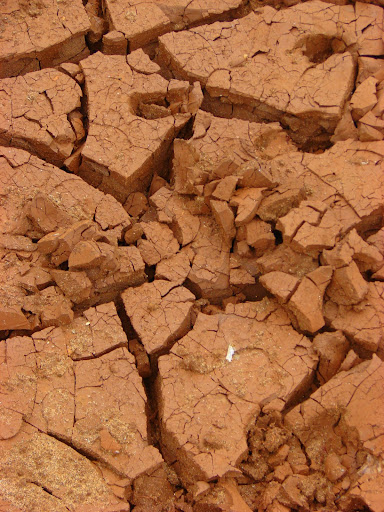
If sandy, gritty, or fast-draining soil is your lot, a fabulous perennial garden is still possible. Save yourself a lot of blood, sweat, and tears by working with what you have. Sure, digging in some organic matter at planting time (and on an annual basis) is good advice that you should follow when you can, but your gardening life can be a lot easier if you go native. You don’t have to pour on water you don’t have, and you may be delighted with the easy maintenance and attractive look.
That’s right: Go native. Perennials native to dry ground are your best bet. Before you protest that they aren’t attractive or are probably weeds, take a fresh look. Peruse the offerings at a local nursery that specializes in indigenous plants. Visit a public garden or botanic garden with displays of natives. Your eyes will be opened. Botanists and horticulturists feel your pain and have been working hard over the years to find out which ones adapt best to gardens and which ones are prettiest. There are even selections or cultivated varieties (cultivars) that are significant improvements over their wild parents — new flower colors and bigger, longer-lasting flowers on more-compact, handsome plants. Favorite dry-soil perennials include black-eyed Susan, blanket flower, baptisia, butterflyweed, evening primrose, gaura, penstemon, phormium (a tender perennial in most regions), and yarrow. And don’t overlook cacti and succulents — a well-stocked local or mail-order nursery can convince of their astounding range and beauty.

No comments:
Post a Comment